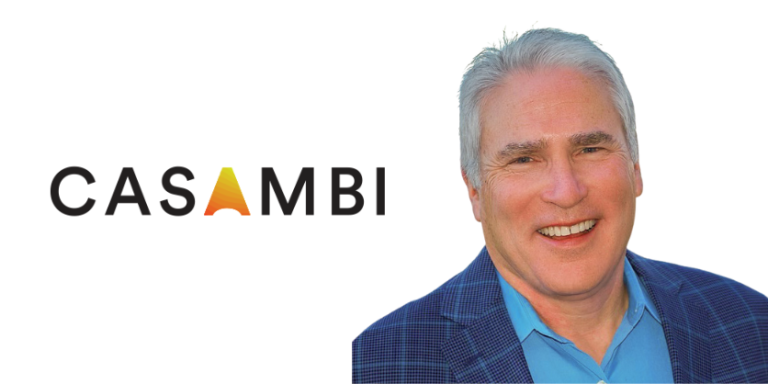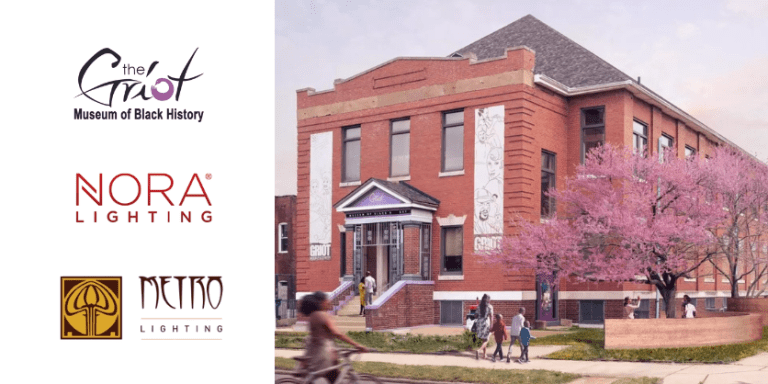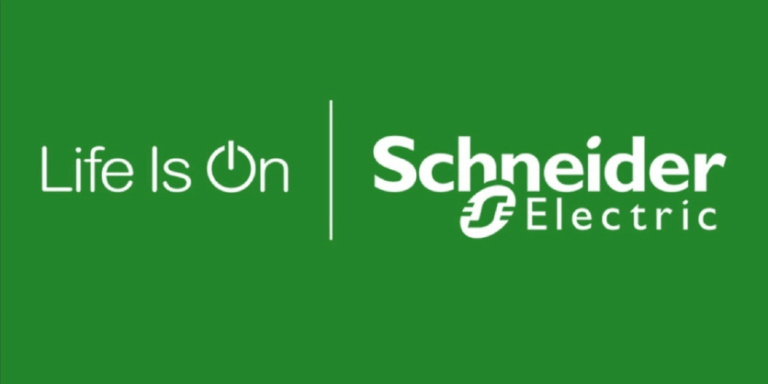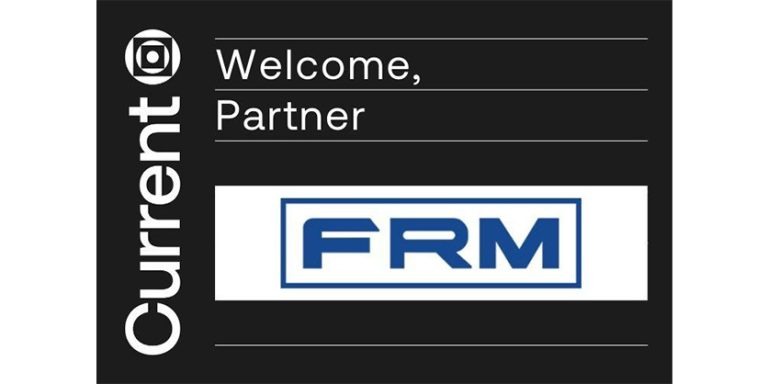Modernize Your Lighting: The Best LED Solutions from DLC’s Qualified Products Lists
May 30, 2024

Summary
The DesignLights Consortium’s (DLC) Qualified Products Lists (QPLs) make selecting energy-efficient commercial lighting simple.
Facility managers aiming to save energy, qualify for rebates, and ensure occupant comfort can trust the DLC’s extensive, verified lists of high-quality lighting products. The DLC’s Solid-State Lighting (LED) QPL, the largest in the world, includes products vetted by independent test labs to meet strict performance standards, simplifying the selection process for utilities and efficiency programs determining rebate eligibility.
Here are the key advantages that the QPL incorporates for listed products:
- Controllability requirements: Almost all products are dimmable, allowing for greater energy savings through connected lighting.
- Color performance: Expanded Correlated Color Temperature (CCT) range and tighter tolerances ensure high color quality.
- Light distribution and glare mitigation: Beam angle requirements and Backlight, Uplight, Glare (BUG) ratings help direct light where needed and reduce glare.
- Efficacy: An average efficacy increase of 12 percent balances energy savings, product cost, and light quality.
These features ensure energy efficiency, quality, and controllability, providing a reliable solution for modernizing commercial lighting systems.
Modernize Your Lighting: The Best LED Solutions from DLC’s Qualified Products Lists
Selecting energy efficient commercial lighting doesn’t have to be complicated, but it does require some knowledge about what to look for in a product. Let’s say you are a facility manager in need of lighting that will save energy and qualify for rebates. You want lighting that will make your building look good and keep the occupants comfortable, and you want it to perform as expected, but you’ve heard some cautionary tales — sometimes LEDs can be too bright or the color is unexpected and poor quality, which can cause occupant discomfort. How can you be sure you’re selecting high quality, energy efficient lights? At the DesignLights Consortium (DLC), we meet this challenge by providing free access to Qualified Products Lists (QPLs) of verified lighting products. A product of collaboration, the criteria for these lists are guided by a group of lighting industry stakeholders including energy efficiency programs, manufacturers, and distributors.
What are the DLC Qualified Product Lists (QPLs)?
The DLC’s Solid-State Lighting (LED) QPL is the largest verified list of energy efficient commercial lighting in the world. Anyone can access it for free by creating a MyDLC account. Lighting manufacturers around the world submit product applications with product performance data from independent test labs, so they can be included on the list and have a DLC badge on their specification sheets. Utilities and efficiency programs across the country use the QPL to determine which LEDs are most energy efficient, and therefore should be eligible for rebates. Before the DLC created the QPL, each utility created separate criteria and requirements for lighting, which caused market confusion because manufacturers would have to verify that each product met each individual program’s requirements.

The DLC QPL resulted in a win-win for members and manufacturers by developing a single set of criteria and centralized list of products that is easily accessible for all. (It’s important to note that the DLC is a non-profit organization and does not sell ANY lighting products.)
There are four DLC QPLs that can be accessed for free with a MyDLC account:
- SSL (LED) QPL – We maintain the largest and most influential list of high-performing LED luminaires and commercial lighting products in the world. The LED QPL has over 300,000 products currently listed.
- LUNA QPL – Lists a subset of LED outdoor lighting that saves energy and meets additional requirements that help mitigate light pollution and conserve dark skies.
- NLC QPL – Lists Networked Lighting Control (NLC) systems with specific capabilities of each system defined so that users can find the systems that meet their needs.
- Hort QPL – LED lighting that is specifically for commercial horticultural lighting and intended for growing plants in a variety of indoor environments.
What does it mean to be listed on the DLC’s QPL?
If a product is on the DLC QPL, that means it has been determined to meet our performance requirements for energy efficiency, quality, and controllability. Product applications are required to include industry standard test reports, performed by an accredited lab. (Read our testing lab requirements here.) When we receive an application from a manufacturer to list their product on the QPL, a rigorous evaluation process begins to check that the product meets all DLC technical requirements (listed on our website on each program page). These requirements are developed by the DLC in cooperation with stakeholders from the lighting industry.
What is the stakeholder input process for the QPLs?
We use a collaborative approach with multiple steps, such as research before releasing a draft set of technical requirements and holding public webinars to explain the proposed changes and their rationale. The DLC typically shares two draft versions, each with a six-week public comment period where anyone can provide feedback on the draft requirements before they are final. We consider every comment, and the team always seeks to ensure that the changes deliver performance improvements and align with industry standards, placing as little burden as possible on manufacturers submitting products for listing.

The DLC Stakeholder Input Process
Manufacturers pay a listing fee for QPL applications, which covers the evaluation process and maintenance of the QPL and is based on the complexity of the application and the number of products submitted. The QPLs help differentiate energy efficient commercial lighting products that meet the requirements. Manufacturers that list with us benefit from visibility of DLC listing and logo use, along with eligibility for rebates from programs across North America, which can boost sales by offsetting costs to end-use customers.
QPLs for LED products (including LUNA and Hort) technical requirements are updated when the market indicators show that technology has advanced, a new category is identified, or to expand the eligibility of an existing product category. When we publish new requirements, the DLC provides an effective date that allows time for manufacturers to update their products, and a final implementation date when products on the QPL that no longer meet the new requirements will be delisted. These dates are communicated to all manufacturers and our utility members. Once the delisting occurs, products are removed from the active QPL listing under the current version but can still be searched for by selecting a “delisted” filter in the QPL search. The DLC also runs a surveillance program to check that products using our logos are performing as expected. Read more here.
The DLC carefully evaluates every initiative for its impact on industry, environment, and end users. We tap market experts, manufacturers, and other industry stakeholders to help establish verified, trustworthy requirements to keep lighting product performance aligned with energy efficiency, sustainability, and carbon reduction efforts.
The DLC is grateful to our stakeholders for collaborating with us and for taking the time to provide valuable feedback throughout the process.
What changed during the last SSL V5.1 Technical Requirements?
Here are the key advantages that the QPL incorporates for listed products:
Controllability requirements to enable connected lighting
Almost all products (99.5%) are now dimmable, which means they have the potential to save more energy by connecting to controls. Manufacturers must report on whether products have integrated controls sensors and the capabilities of those controls, as well as available wired and/or wireless control communication protocols so that users can more easily identify products with these features and use them to capture additional energy savings.
Color performance (spectral quality) requirements
To ensure color quality, V5.1 expanded the allowable Correlated Color Temperature (CCT) range to allow products from all ANSI standard CCT bins covering products from 2200-6500 Kelvin. This includes lower (warmer) CCTs that are gaining in popularity with users (especially in exterior applications) and were previously not included. Tighter CCT tolerances are required for Premium products to help ensure that the color of the light matches user expectations.
Color rendition requirements allow both CRI (Color Rendering Index) and ANSI-IES TM-30 reporting for qualification and include reporting of R9 and Rcs,h1 values (how well it renders reds) which improves the accuracy and usefulness of reported color data.
V5.1 requires spectral power distribution (SPD) reporting as noted above, which helps reduce future testing burden on manufacturers by enabling use of calculations to report on emerging metrics rather than requiring update applications. While SPD is not being disclosed publicly at this time, specifiers obtain SPD data from manufacturers to determine the spectral composition of the light from luminaires to ensure that the right colors are present for specific applications.
Color maintenance requirements support improved chromaticity consistency over time to avoid surprising color shifting.
Light distribution and discomfort glare mitigation
V5.1 added beam angle requirements for linear replacement lamps to ensure that light is directed where it’s needed, and a previous requirement for testing in-luminaire was removed, which allows for bare lamp testing and eases burden on manufacturers and test labs.
Backlight, Uplight, Glare (BUG) ratings are now reported for exterior lighting products, allowing QPL users to more easily evaluate characteristics needed for comparison and selection and to avoid light trespass and wasted energy by putting light where it is not needed.
Light distribution is now evaluated against Unified Glare Rating (UGR) discomfort glare thresholds for certain Premium indoor product groups that were identified as possibly sacrificing glare control to get higher efficacies.
Average efficacy increase of 12 percent
This increase reflects an update to balance energy savings, product cost, and quality of light while keeping pace with advances in technology. DLC Premium under V5.0/5.1 includes a flat 15 lumen per watt increase over standard efficacy requirements in addition to the quality of light requirements listed above.
The DLC participates in many standards development committees to ensure that our requirements point to industry standards and are keeping up with the latest advances in technology and design. Continuing to add high quality products ultimately contributes to higher performance and enables controls, which captures additional energy savings.
What is the difference between DLC and DLC Premium?
DLC Premium products have higher efficacy to enable greater savings and deliver higher quality and controllability performance than DLC Standard requirements. Find out more here.
Are there resources for learning how to use the QPLs?
Yes, please check out our resources below:
Guide – MyDLC Account Quick Start Guide
Video – What is a Qualified Product List?
Guide – How to Save and Download Searches from the QPLs
Video – How to Search and Download from the QPLs
Video – NLC QPL Walkthrough
Video – Hort QPL Walkthrough
More information available here
Add a compelling title for your section to engage your audience.
Use this paragraph section to get your website visitors to know you. Consider writing about you or your organization, the products or services you offer, or why you exist. Keep a consistent communication style.








